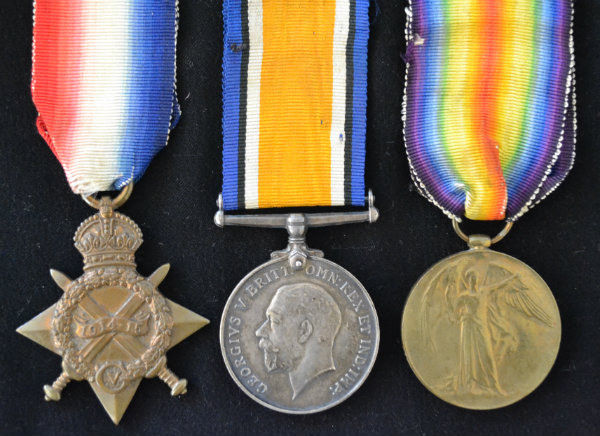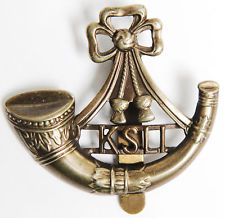Personal Details
Born: 1895 and baptised 6th October 1895. Also recorded with surname Casewell.
Family: Next to youngest of six children born to John and Jane. In 1921 he married Daisy Smith at Whitchurch, Shropshire. Together they had two sons Henry J E and Percy R. Brother of John Casewell.
Residence: Born at Cound Moor, near Shrewsbury, Shropshire. Six years later he was living in Atcham Union Workhouse, near Shrewsbury with his four siblings. By 1911 he was living-in at Wigley Farm, Westbury, Shropshire. During WW1 newspaper articles referred to three different Shropshire addresses, 45 Wrexham Road, Whitchurch, 35 Adcote, Little Ness, and Pulley Farm Cottages, Lower Pulley. The 1919 Absent Voters list records his residence as 45 Wrexham Road, Whitchurch, which was the home of his brother John and family. In 1939 Ernest and his wife were living in Dagenham, Essex with their son Percy.
Employment: In 1911 he was employed as a farm servant and cow boy. Twenty-eight years later he was working as a general labourer
Died: 1970 in Barking, London aged 74
Military Details
Regiment: King’s Shropshire Light Infantry
Rank: Private
Service Number: 10274
Date of Enlistment: 1914
Date of Discharge:
Reason for Discharge:
Other Information: In November 1916 he sustained a gunshot wound to the left knee. According to newspaper reports in the Ludlow Advertiser, Ernest was actually wounded three times.
Ernest was awarded the Campaign Medals (1914/15 Star, British War Medal, and Victory Medal). The 1914 star with clasp and roses, awarded to the very first soldiers sent to France in 1914.

The 1914 Star (also known as 'Pip') was authorised under Special Army Order no. 350 in November 1917 and by an Admiralty Fleet Order in 1918, for award to officers and men of the British and Indian Expeditionary Forces who served in France or Belgium between 5 August and midnight of 22–23 November 1914. The former date is the day after Britain's declaration of war against the Central Powers, and the closing date marks the end of the First Battle of Ypres.
The 1914–15 Star (also known as 'Pip') was instituted in December 1918 and was awarded to officers and men of British and Imperial forces who served against the Central European Powers in any theatre of the Great War between 5 August 1914 and 31 December 1915. The period of eligibility was prior to the introduction of the Military Service Act 1916, which instituted conscription in Britain.
The British War Medal (also known as 'Squeak') was a silver or bronze medal awarded to officers and men of the British and Imperial Forces who either entered a theatre of war or entered service overseas between 5th August 1914 and 11th November 1918 inclusive. This was later extended to services in Russia, Siberia and some other areas in 1919 and 1920. Approximately 6.5 million British War Medals were issued. Approximately 6.4 million of these were the silver versions of this medal. Around 110,000 of a bronze version were issued mainly to Chinese, Maltese and Indian Labour Corps. The front (obv or obverse) of the medal depicts the head of George V. The recipient's service number, rank, name and unit was impressed on the rim.
The Allied Victory Medal (also known as 'Wilfred') was issued by each of the allies. It was decided that each of the allies should each issue their own bronze victory medal with a similar design, similar equivalent wording and identical ribbon. The British medal was designed by W. McMillan. The front depicts a winged classical figure representing victory. Approximately 5.7 million victory medals were issued. Interestingly, eligibility for this medal was more restrictive and not everyone who received the British War Medal ('Squeak') also received the Victory Medal ('Wilfred'). However, in general, all recipients of 'Wilfred' also received 'Squeak' and all recipients of The 1914 Star or The 1914/1915 Star (also known as 'Pip') also received both 'Squeak' and 'Wilfred'. The recipient's service number, rank, name and unit was impressed on the rim.

